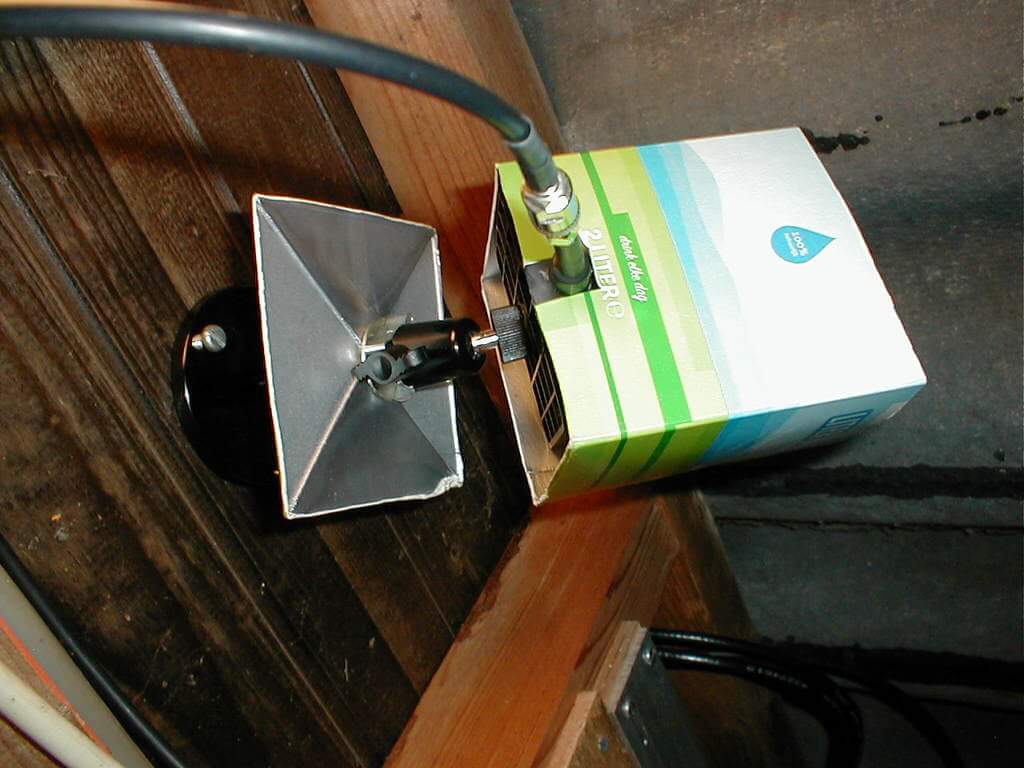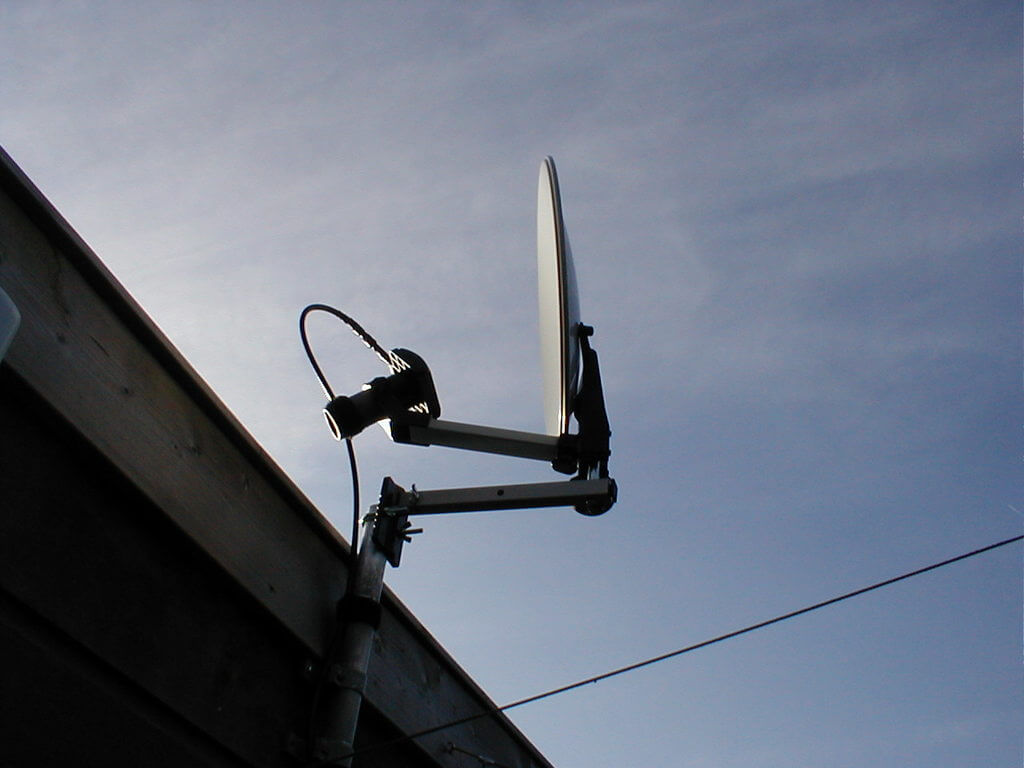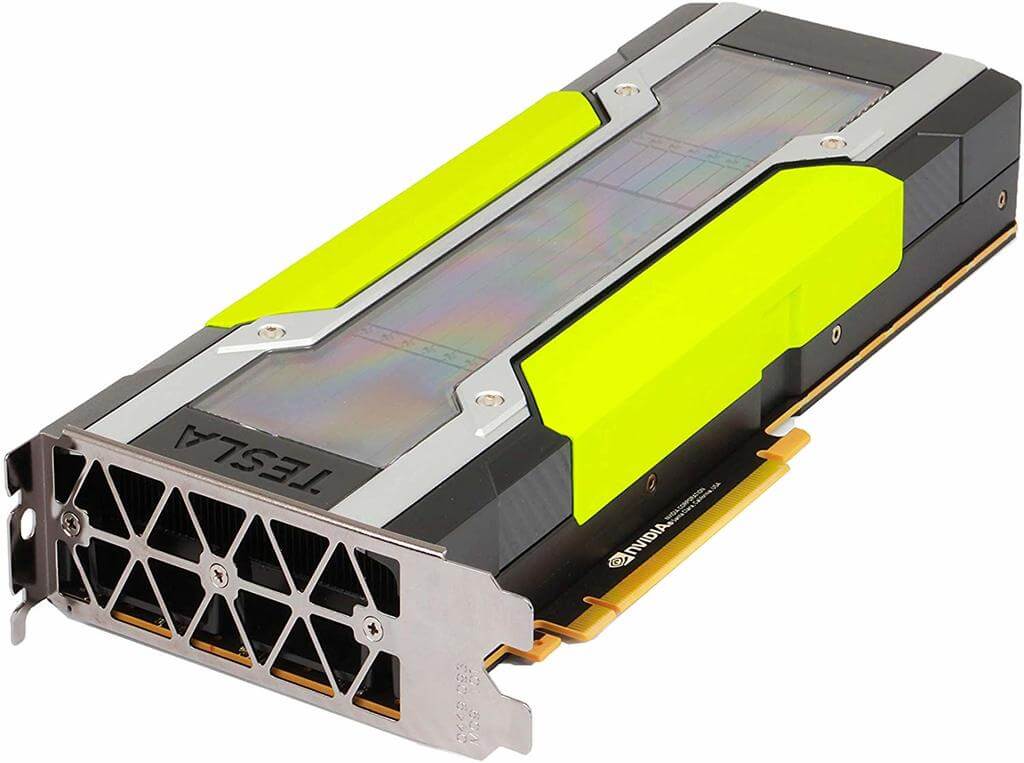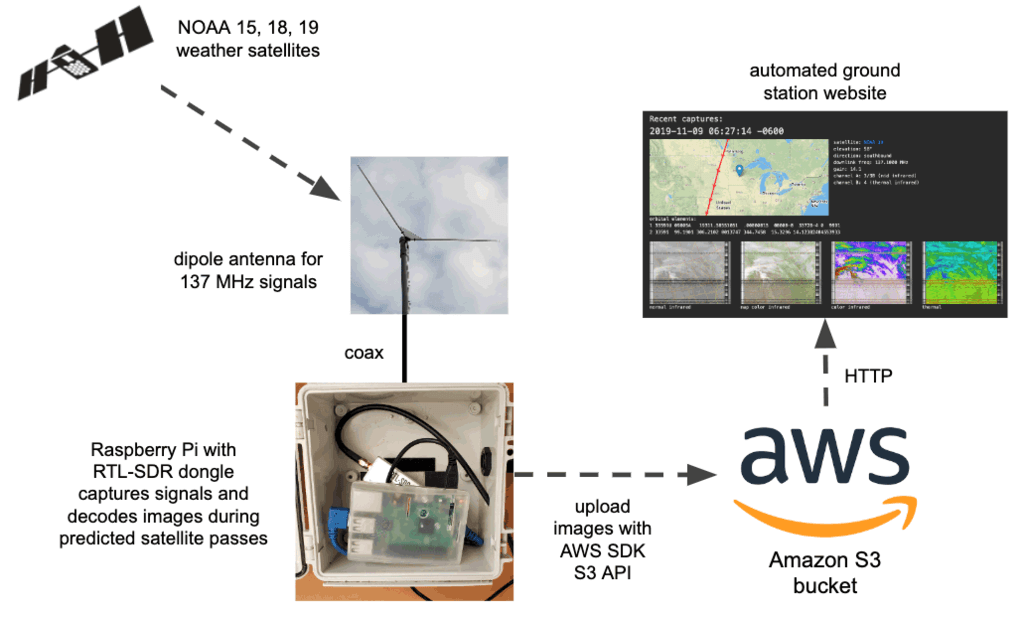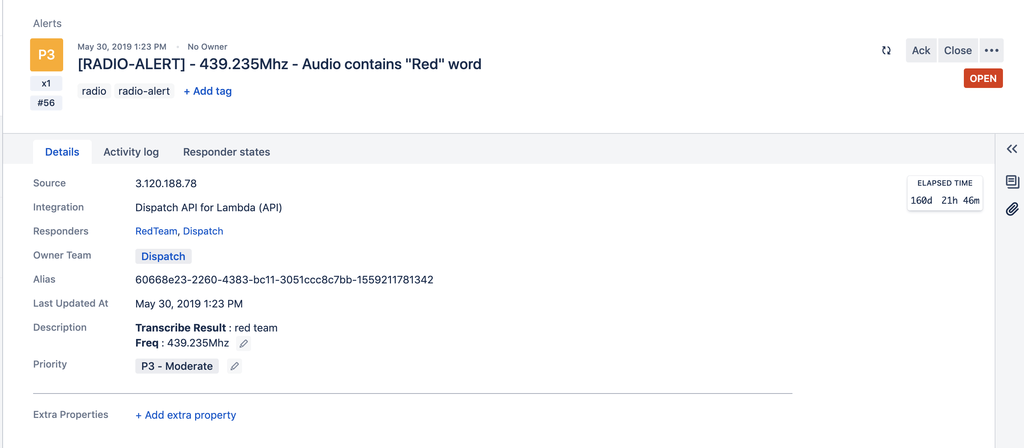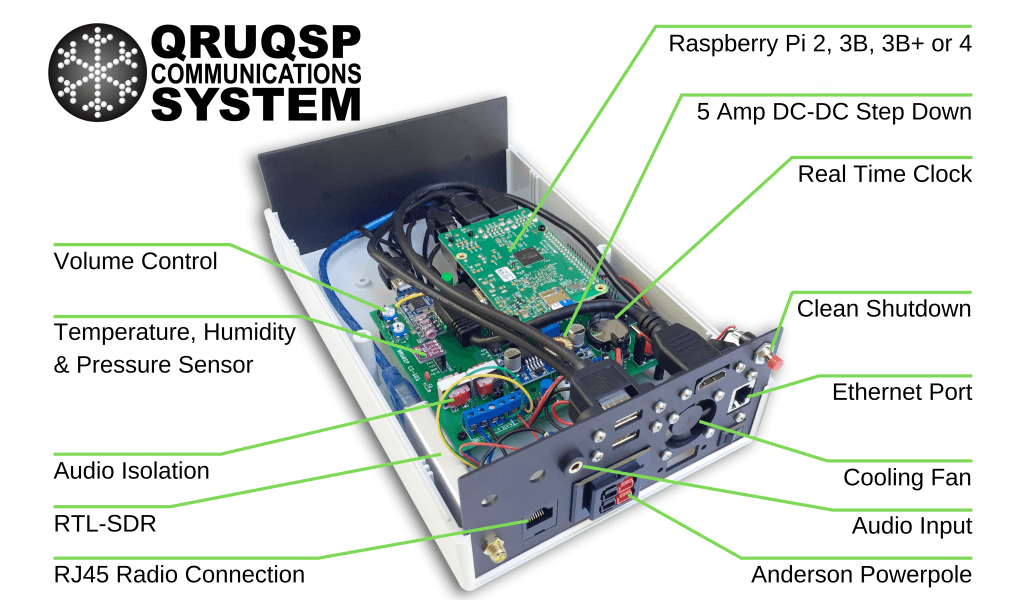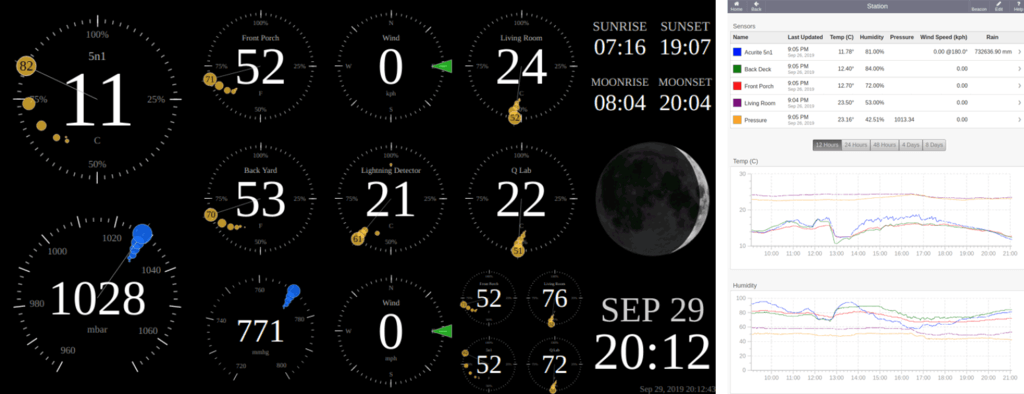Preview: GNU Radio 3.8 Running on an Un-Rooted Android Smartphone
Over on Twitter and YouTube Bastian Bloessl (@bastibl) have been posting teaser shots and videos of GNU Radio 3.8 running on an un-rooted Android device. Unfortunately there doesn't yet seem to be any word yet on how he's been able to do this, but we guess that the details will all be released in due time, possibly on his blog.
GNU Radio is an open source digital signal processing (DSP) toolkit which is often used in cutting edge radio applications and research, and to implement decoders, demodulators and various other SDR algorithms.
GNU Radio 3.8 on un-rooted Android. Now with double-mapped circular buffers using Android shared memory. USRP B2XX support. Volk support including a Volk Profile Android app (thanks @albinstigo for the NEON kernels) and OpenCL acceleration w/ gr-clenabled (thanks @Ghostop141). pic.twitter.com/w2tdaRW4Mk
— Bastian Bloessl (@bastibl) November 17, 2019
